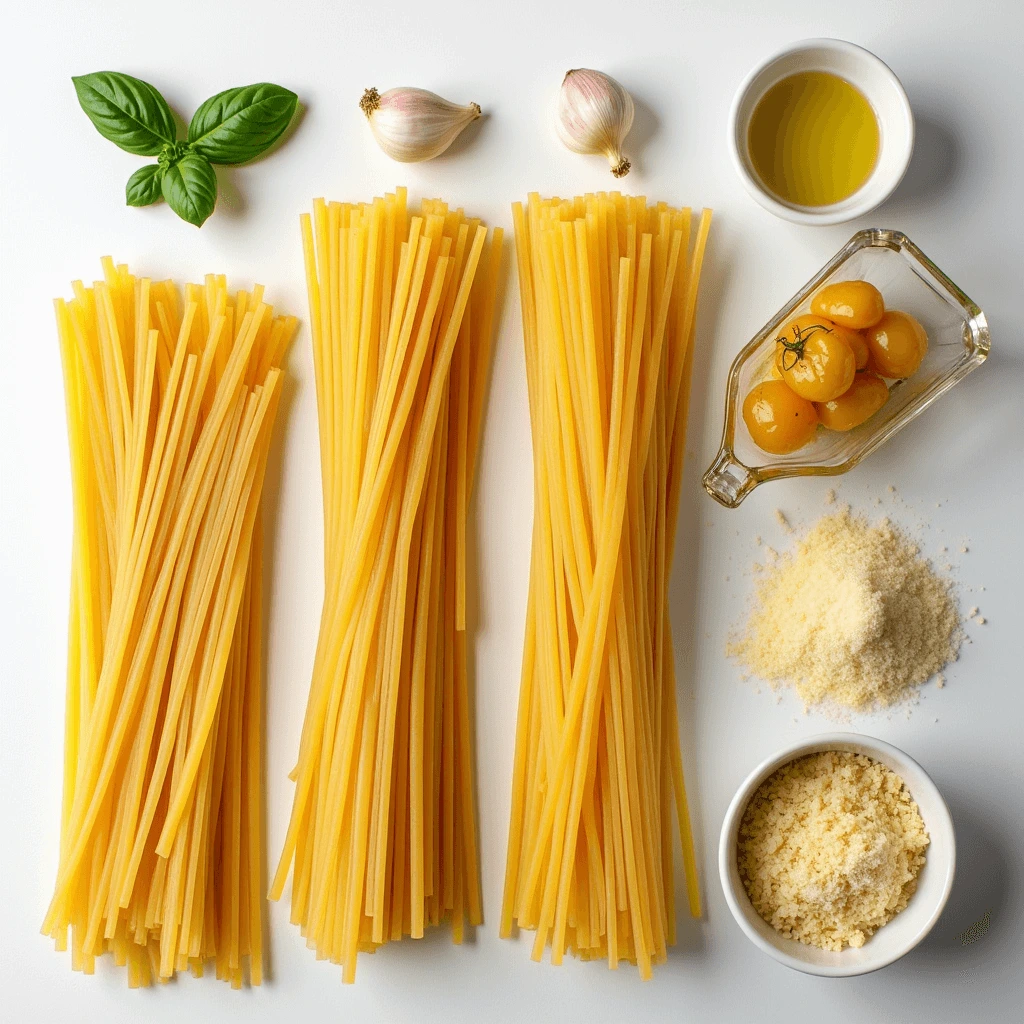When it comes to making a memorable meal, spaghetti dinner tips can help you create a delicious and easy pasta dish that everyone will love. Choosing the right spaghetti and fresh ingredients is essential for a flavorful and satisfying dinner experience.
These spaghetti dinner tips will guide you through selecting the best noodles, ingredients, and cooking techniques to make your meal perfect every time. Whether you’re a beginner or an experienced cook, following these simple spaghetti dinner tips will elevate your pasta game and impress your guests.
By applying these spaghetti dinner tips, you’ll discover how to transform basic ingredients into a restaurant-quality dish that’s sure to please every palate.
Choosing the Right Spaghetti and Ingredients
For more detailed tips on selecting the best pasta and ingredients, check out Serious Eats’ Pasta Buying Guide.
Different pasta types: spaghetti, linguine, fettuccine — what works best?
When it comes to choosing the perfect pasta for your dish, understanding the subtle differences between spaghetti, linguine, and fettuccine can make a huge difference in your meal’s texture and how well it holds the sauce.
Spaghetti :
is the classic, thin, cylindrical pasta that most people picture when they think of Italian cuisine. Its slim shape is perfect for lighter sauces such as marinara, garlic and olive oil blends, or simple tomato sauces. Because it cooks quickly and has a smooth surface, spaghetti allows the sauce to cling gently without overwhelming the palate. It’s versatile and ideal for everyday dinners.
Linguine :
which means “little tongues” in Italian, is slightly flatter and wider than spaghetti but still relatively thin. This shape creates a bit more surface area for sauce to adhere to, making linguine a great match for slightly thicker sauces, like creamy pesto or clam-based sauces. Linguine works well when you want a balance between a delicate bite and a more substantial mouthfeel.
Fettuccine :
is noticeably wider and flatter than both spaghetti and linguine. This pasta type shines when paired with rich, hearty sauces such as Alfredo, meat ragù, or carbonara. The broad surface area of fettuccine allows it to hold onto creamy and chunky sauces more effectively, making each bite full of flavor. Because it is thicker, fettuccine takes a little longer to cook and offers a more substantial, satisfying texture.
Choosing what works best depends largely on your sauce and personal preference. For lighter, tomato-based sauces, spaghetti is your go-to. For slightly creamier or seafood-based sauces, linguine strikes a perfect balance. And if you’re craving a rich, decadent pasta experience, fettuccine is the ideal choice. Experimenting with these types can help you discover new flavor combinations and textures that suit your taste buds perfectly.
Importance of Quality Ingredients: Olive Oil, Garlic, Fresh Basil, Parmesan Cheese
The foundation of any flavorful spaghetti dish starts with the quality of the ingredients. Olive oil, garlic, fresh basil, and Parmesan cheese are staples that can make a big difference in taste and aroma.
Why Olive Oil Matters
Olive oil is the backbone of many spaghetti sauces and dressings. Using high-quality extra virgin olive oil adds a rich, fruity flavor. It can elevate a simple aglio e olio pasta or enrich a tomato sauce. The best olive oils are cold-pressed and unrefined. They offer a fresh, peppery finish that mass-produced oils lack. Avoid generic or light olive oils. These usually have a neutral flavor and lack depth.
The Role of Fresh Garlic
Garlic is a powerful ingredient in spaghetti recipes. Fresh garlic cloves deliver a strong, slightly spicy kick. This transforms the sauce. The quality matters: fresh, firm bulbs provide a stronger, sweeter flavor compared to pre-minced or powdered garlic. Roasting or gently sautéing garlic can mellow its sharpness. This adds a subtle sweetness and balances the sauce.
Fresh Basil for Brightness and Aroma
Fresh basil brings a bright, aromatic note to spaghetti. It brightens and freshens the overall flavor. Dried basil is convenient but lacks the vibrant fragrance and taste of fresh leaves. Add fresh basil just before serving. This preserves its flavor and adds a beautiful green color. Basil pairs well with tomato-based sauces and creamy dishes alike.
Parmesan Cheese: The Finishing Touch
Parmesan cheese is a classic finishing touch for many spaghetti dishes. Authentic Parmigiano-Reggiano is aged, crumbly, and packed with savory umami flavors. It enhances every bite. Freshly grated Parmesan melts beautifully over hot pasta. It blends with the sauce and adds a salty, nutty richness. Avoid pre-grated or powdered cheese with additives. The difference in taste and texture is clear.
Tips on selecting the best spaghetti noodles for perfect texture
Achieving the ideal spaghetti texture—firm yet tender, or al dente—begins with choosing the right noodles. Not all spaghetti is the same. Differences in quality, ingredients, and thickness greatly impact the final dish. Here are essential tips to help you pick the best spaghetti noodles:
Choose Durum Wheat Semolina Pasta
Look for spaghetti made from durum wheat semolina. This hard wheat variety is high in protein, giving pasta a firm structure. It holds up well during cooking and delivers the perfect al dente bite. Avoid pasta made from softer flours, which tend to become mushy quickly.
Consider Pasta Thickness
Spaghetti comes in different thicknesses, often labeled from #5 (thin) to #8 (thicker). Thinner noodles cook faster and suit lighter sauces. Thicker spaghetti holds up well with hearty, rich sauces. Pick a thickness that complements your sauce and personal preference.
Look for Bronze-Cut Pasta
Premium pasta brands sometimes use bronze dies instead of Teflon-coated ones to shape noodles. Bronze-cut pasta has a rough, porous surface that helps sauce cling better. This enhances flavor and adds a satisfying texture.
Avoid Fresh or Pre-Cooked Pasta for Some Dishes
While fresh pasta can be delicious, dried spaghetti usually provides a firmer texture preferred in classic dishes. Fresh pasta cooks quickly and can get soft or mushy if overcooked. For traditional spaghetti, dried durum wheat noodles are often better.
Explore Specialty Options
If you have dietary needs, consider whole wheat or gluten-free spaghetti. Whole wheat offers a nuttier flavor and denser texture. Gluten-free versions made from rice, corn, or legumes vary in cooking time and texture, so adjust accordingly.
Pay Attention to Cooking Time
Always check the package’s recommended cooking time. Try cooking your spaghetti a minute or two less than suggested to reach al dente. Test the pasta early to avoid overcooking and get the perfect texture.

